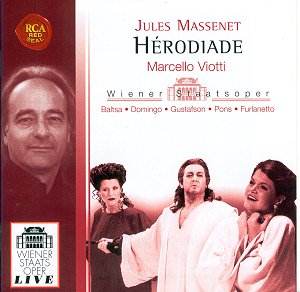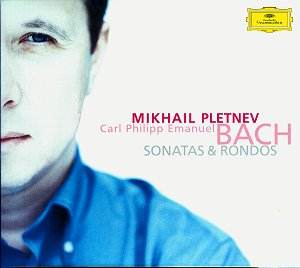 Composer: Witold Lutosławski
Composer: Witold Lutosławski
Works: Preludes and Fugue for 13 Solo Strings (1972), Three Postludes (1958-60), Mini Overture (1982), Fanfare for Louisville (1986), Fanfare for CUBE (1987), Fanfare for the University of Lancaster (1989), Prelude for GMSD (1989)
Performers: Polish National Radio Symphony Orchestra / Antoni Wit
Recording: Grzegorg Fitelberg Concert Hall, Katowice, September 1996 to July 2000
Label: NAXOS 8.555270
Witold Lutosławski stands as one of the pivotal figures in 20th-century music, deftly navigating the turbulent waters of modernism with a unique blend of control and chance. This recording encapsulates his evolution, presenting a selection of works that span his stylistic journey from post-war folk influences to aleatoric textures and complex orchestration. The juxtaposition of his earlier and later compositions, such as the “Three Postludes” and “Preludes and Fugue for 13 Solo Strings,” provides an insightful lens into his craft, revealing a composer who remained both rooted in tradition and daringly innovative.
The performances by the Polish National Radio Symphony Orchestra under Antoni Wit are commendable, particularly in their ability to navigate Lutosławski’s intricate textures. The “Three Postludes” are a vivid showcase of Lutosławski’s orchestral palette, where the antiphonal arrangement of percussion in the first postlude creates a spatial dynamism that captures the listener’s ear. The recording’s spaciousness allows the layering of sound to breathe, contrasting the dense, manic energy of the second postlude, which whirls like a snowstorm, yet remains engagingly controlled. Wit’s interpretation eschews mere technicality; instead, it imbues the music with a sense of urgency and clarity that aligns with Lutosławski’s intent.
The “Mini Overture” serves as a delightful interlude amid these heavier works, its three minutes of brisk, bright brass showcasing Lutosławski’s gift for orchestral color. Wit imbues this piece with an infectious energy, allowing the ensemble’s character to shine through without overshadowing the work’s inherent simplicity. This is particularly evident in the “Fanfare for Louisville,” where the exuberance of the brass is matched by a palpable sense of celebration, illustrating Lutosławski’s ability to balance tradition with modern gestures.
Recording quality plays a crucial role in the reception of these works. Naxos has captured the performances with a clarity that highlights the nuances of Lutosławski’s orchestration, particularly the interplay between solo and ensemble passages. The acoustic of the Grzegorg Fitelberg Concert Hall lends itself well to the transparent textures of Lutosławski’s music, ensuring that the listener is not lost in a muddle of sound. Each work, especially the “Preludes and Fugue,” benefits from this attentiveness to detail, with the string ensemble achieving a rich yet defined sound that evokes the work’s complex interplay of motifs.
While Lutosławski’s music can often be challenging, this recording serves as a strong entry point for listeners unfamiliar with his oeuvre. The performances, while perhaps not matching the historical recordings of the Warsaw Philharmonic under Lutosławski himself, nonetheless stand as a testament to the composer’s enduring legacy. Wit and the PNRSO demonstrate a deep understanding of the idiomatic intricacies required to perform Lutosławski’s music, managing to convey the emotional weight and intellectual rigor that characterize his work.
This disc represents a significant contribution to the ongoing exploration of Lutosławski’s orchestral landscape, offering both seasoned listeners and newcomers a rich tapestry of sound. The combination of thoughtful interpretation, excellent engineering, and Lutosławski’s distinctive voice culminates in an engaging listening experience that honors the composer’s innovative spirit while inviting further exploration of his complex musical world.



